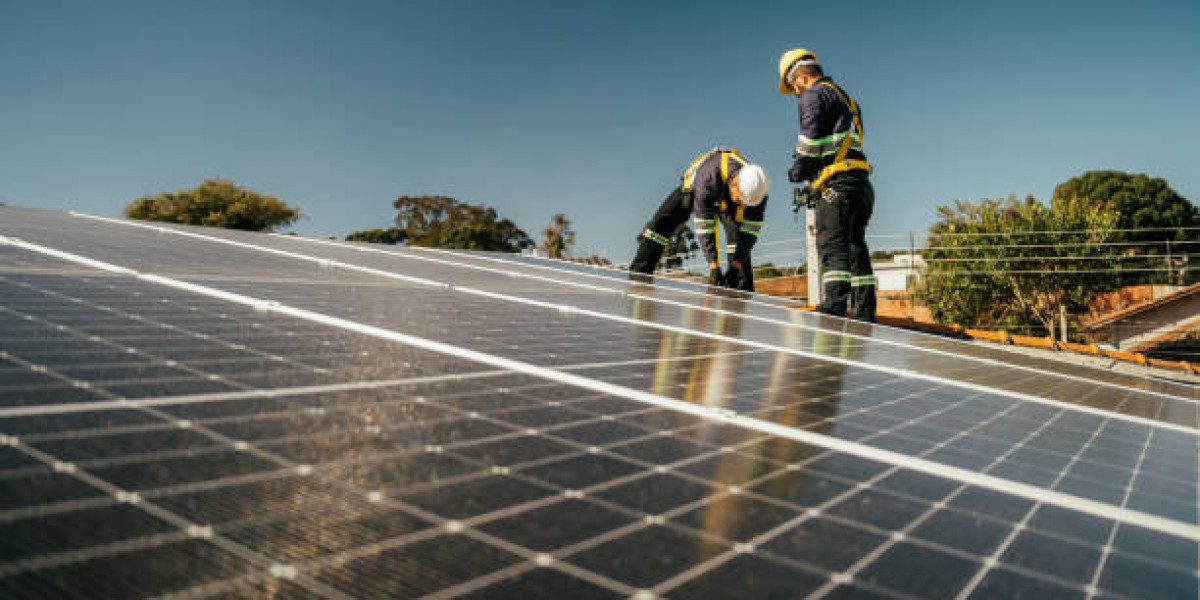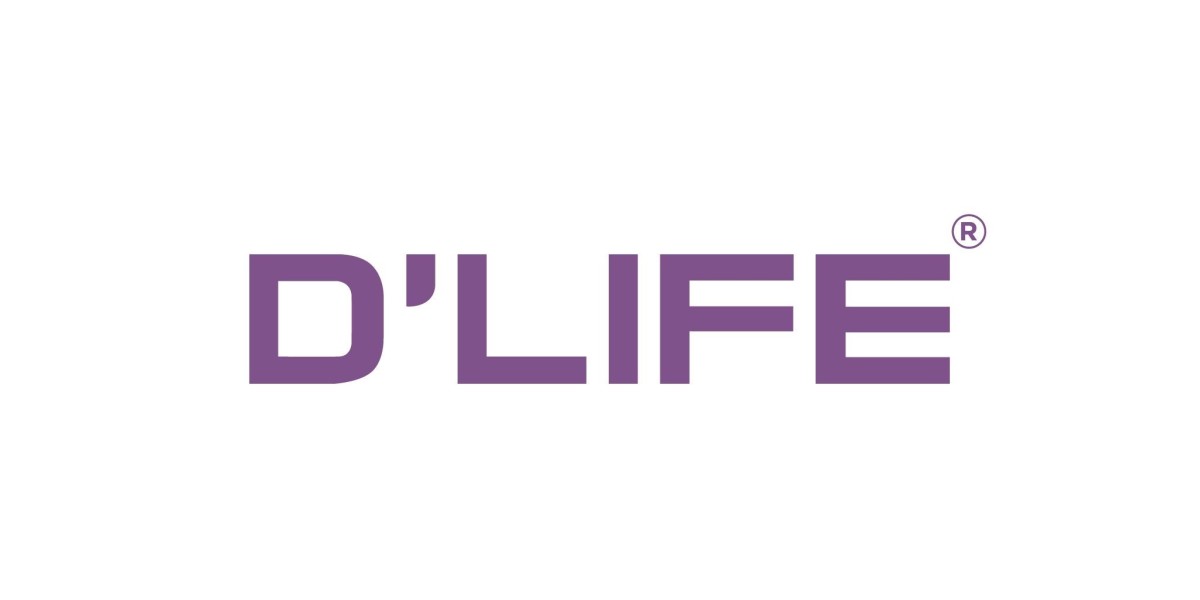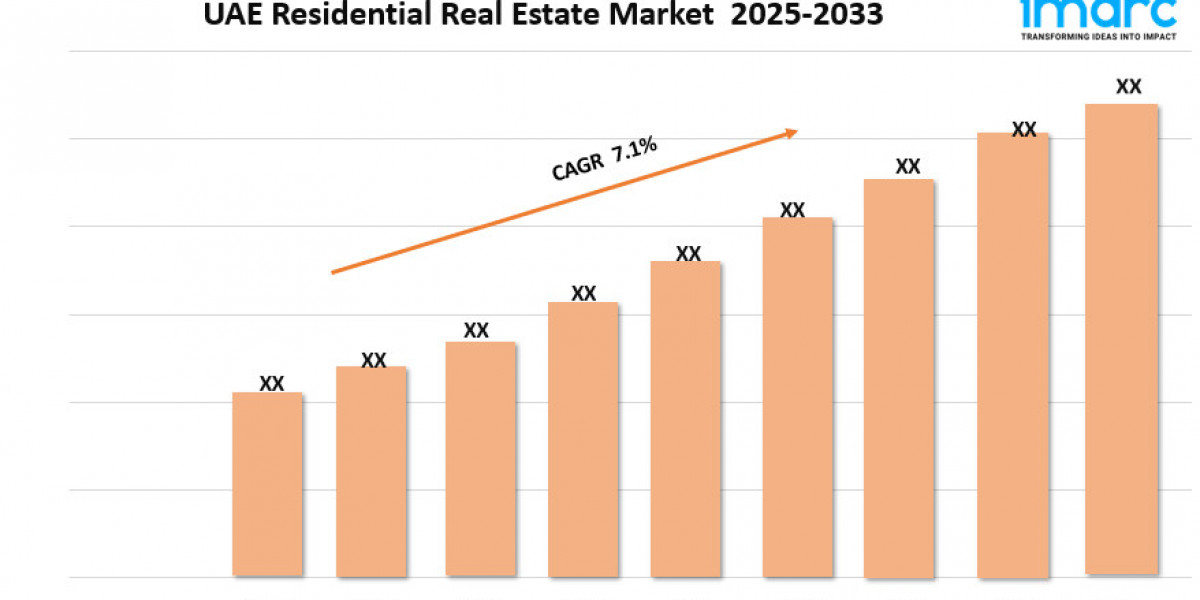Solar energy has become one of the most promising renewable energy sources in recent decades. With its ability to harness the sun’s power and convert it into usable electricity, solar energy stands at the forefront of global efforts to combat climate change, reduce dependency on fossil fuels, and make energy more accessible. Technological innovations, falling installation costs, and policy support have all contributed to its growing popularity. As climate goals tighten and energy demands rise, solar energy will play an increasingly important role in building a sustainable future. For both homeowners and businesses, understanding where solar is headed helps in making smarter energy decisions.
The Current State of Solar Energy
Over the past decade, solar energy has seen exponential growth. According to the International Energy Agency (IEA), solar photovoltaic (PV) capacity has grown faster than any other renewable source. Advances in panel efficiency, inverter technology, and battery storage have made solar energy more reliable and cost-effective.
Additionally, the global push for net-zero emissions has accelerated government investments and incentives for solar adoption, making it more feasible for average households and small businesses. Community solar programs and decentralized energy systems are also gaining momentum, offering even more access to clean energy.
The Role of Solar Energy in the Future
1. Integration with Smart Grids
Smart grids allow for real-time monitoring and balancing of energy flow. Solar energy, when paired with smart grid infrastructure, ensures efficient energy distribution, reduces power outages, and allows homes and businesses to sell surplus energy back to the grid.
2. Better Energy Storage
One of the historical challenges of solar energy has been intermittency—solar panels don’t produce power at night or during cloudy weather. However, battery storage technology is rapidly improving. Lithium-ion batteries and newer solutions like solid-state and flow batteries are making it easier to store solar power for use anytime.
3. Solar + HVAC Systems
As heating and cooling account for a significant portion of household energy use, integrating solar energy with HVAC systems offers a powerful combination. Homes with solar can power their HVAC units using clean energy, drastically reducing electricity bills and lowering carbon footprints.
4. Building-Integrated Photovoltaics (BIPV)
Future homes and commercial buildings may have solar panels embedded directly into roofing, walls, or windows. BIPV systems reduce the need for separate mounting structures, offering an aesthetically pleasing and highly functional solution.
5. Rural and Off-Grid Access
Solar energy is uniquely positioned to serve rural or underdeveloped regions. Microgrids and portable solar kits can bring electricity to areas without established infrastructure, improving quality of life and economic opportunity.
Economic and Environmental Impact
Switching to solar energy has long-term cost benefits. While initial installation can be substantial, government incentives, rebates, and the declining cost of solar panels make the investment worthwhile. Over time, solar energy reduces or even eliminates monthly utility bills.
Environmentally, solar energy is a game changer. It produces no greenhouse gases during operation and reduces dependence on polluting fossil fuels. This contributes directly to cleaner air, lower global temperatures, and improved public health.
At a global scale, if solar energy adoption continues to grow as projected, it could supply up to 50% of global electricity needs by 2050, drastically cutting emissions and aiding in climate recovery efforts.
Challenges to Overcome
While the future of solar energy is bright, there are still hurdles to address:
Material sourcing: Manufacturing solar panels requires rare minerals. Sustainable and ethical sourcing is essential.
Recycling and waste: As older panels reach the end of life, recycling systems must be improved to handle solar waste.
Grid compatibility: Not all energy grids are equipped to handle decentralized solar power, requiring upgrades in infrastructure.
Local Relevance
For homeowners and businesses in regions with high sun exposure, solar energy represents a cost-effective and environmentally responsible choice. Solar installations can significantly reduce reliance on traditional power grids, lower long-term energy costs, and contribute to a more sustainable energy future. In areas with consistent sunlight, the return on investment from solar systems is typically higher, making it an attractive option for both residential and commercial applications.
How Delta U Consulting Supports the Solar Future
Navigating the ever-evolving solar landscape requires more than just technical knowledge—it takes strategic planning, system design expertise, and regulatory understanding. Delta U Consulting works closely with clients to ensure their transition to solar energy is seamless, effective, and built to last.
Conclusion
Solar energy is poised to become the dominant form of renewable power in the coming decades. With advances in storage, smart grid integration, and affordability, solar energy is set to transform how we generate, store, and consume electricity—making it a vital part of a clean energy future.
FAQs
1. How long do solar panels last?
Most solar panels have a lifespan of 25 to 30 years, although their efficiency gradually decreases over time.
2. Can solar energy power my entire home?
Yes, depending on your system size, energy consumption, and battery storage, solar can meet all of your household energy needs.
3. Do solar panels work during cloudy or rainy days?
Yes, but at reduced efficiency. Solar panels still generate electricity from diffused sunlight, though the output is lower.
4. What is net metering and how does it work?
Net metering allows you to send excess electricity your solar panels generate back to the grid in exchange for energy credits, reducing your utility bill.
5. Are there government incentives for installing solar panels?
Yes. Federal tax credits, state rebates, and local incentives can reduce installation costs significantly. These vary by location and change annually.







